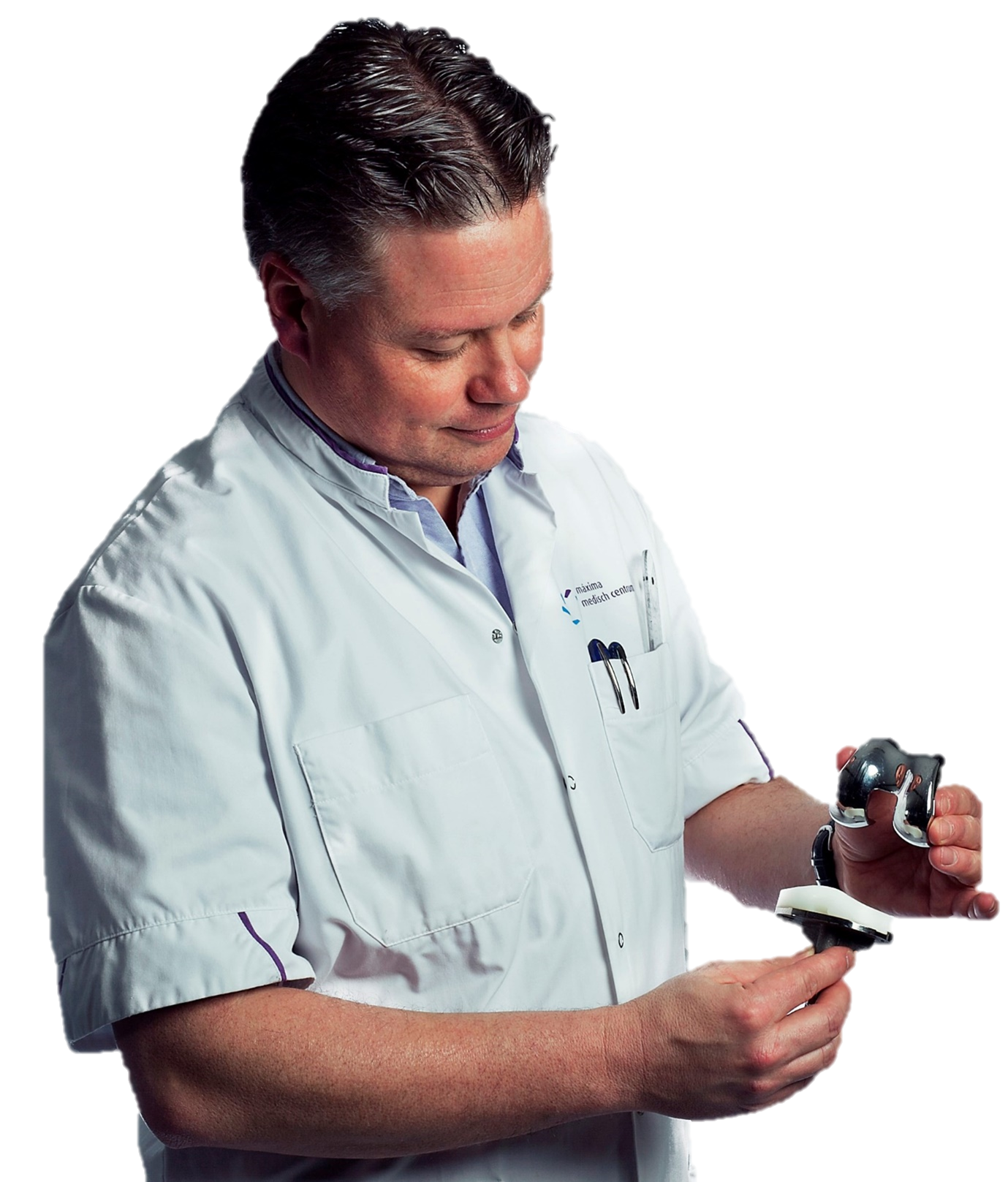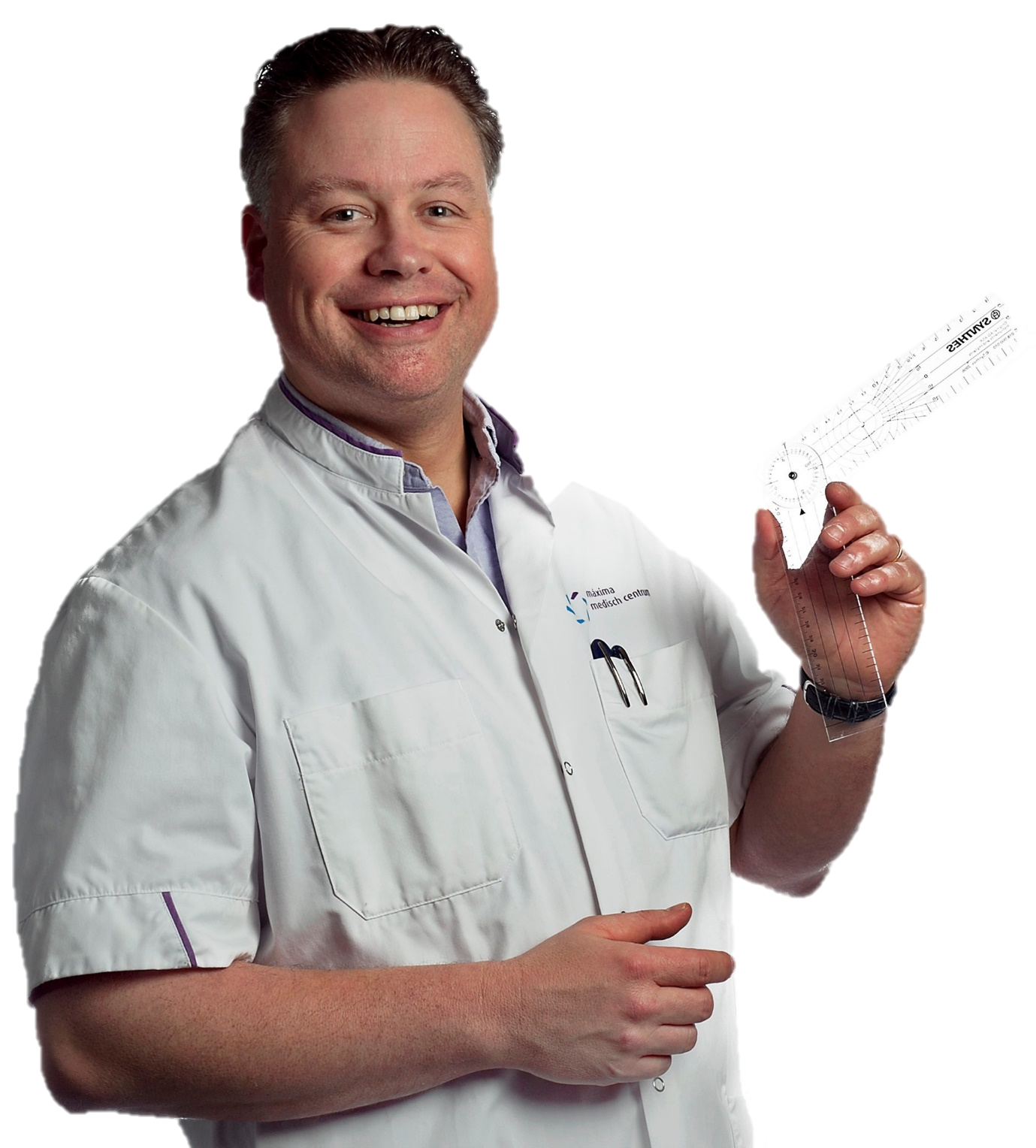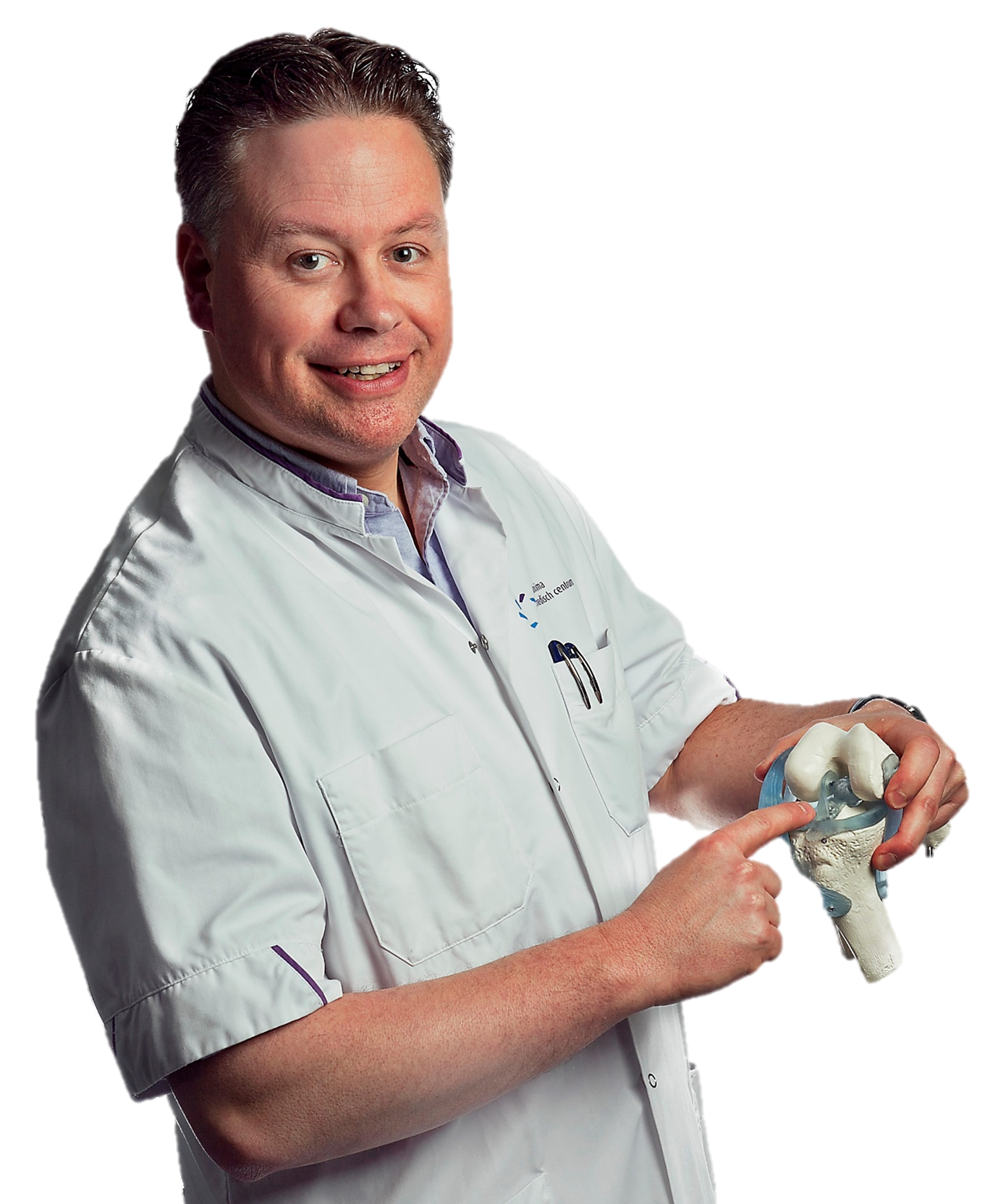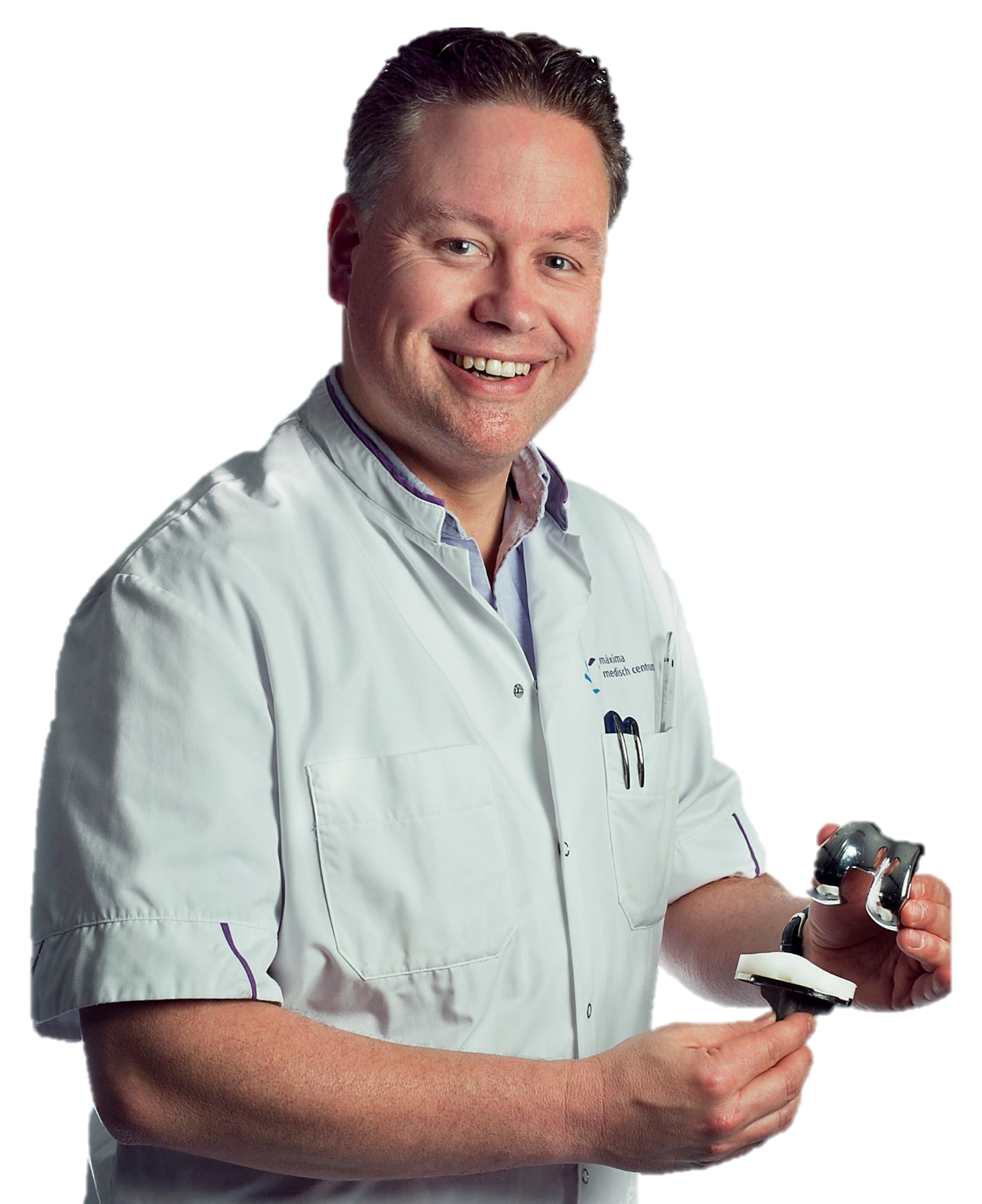De onderzoeksgroep olv dr RPA Janssen is goed...
Clinical evaluation of 292 Genesis II posterior stabilized high flexion total knee arthroplasty: range of motion and predictors
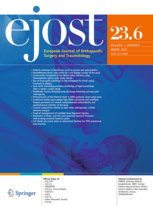
The primary aim of the study was to evaluate the range of motion and complications after Genesis II total knee arthroplasty with high flexion tibia insert (TKA-HF). Furthermore, difference in knee flexion between high flexion and standard inserts was compared. The hypothesis was that knee flexion is better after high flexion TKA.
A total of 292 TKA-HF were retrospectively reviewed. Mean follow-up was 24.3 months. The range of motion was compared between TKA-HF (high flexion group) and a comparable cohort of 86 Genesis II TKA with a standard tibia insert (control group). Surgeries were performed by one experienced knee orthopaedic surgeon.
Knee flexion in the high flexion group increased from 114.8° pre-operatively to 118.0° postoperatively (P<0.01). Knee extension in the high flexion group increased from -4.5° preoperatively to 0.4°after surgery (P<0.01). Mean knee flexion was 5.52°(+/- 1.46°) better in the high flexion group compared to the control group (P<0.01). Preoperative range of motion, body mass index (BMI), diabetes mellitus and patellofemoral pain significantly influenced range of motion. Few complications occurred after TKA-HF.
The Genesis II TKA-HF showed good short term results with limited complications. Knee flexion after Genesis II TKA-HF was better compared to a standard tibia insert.

